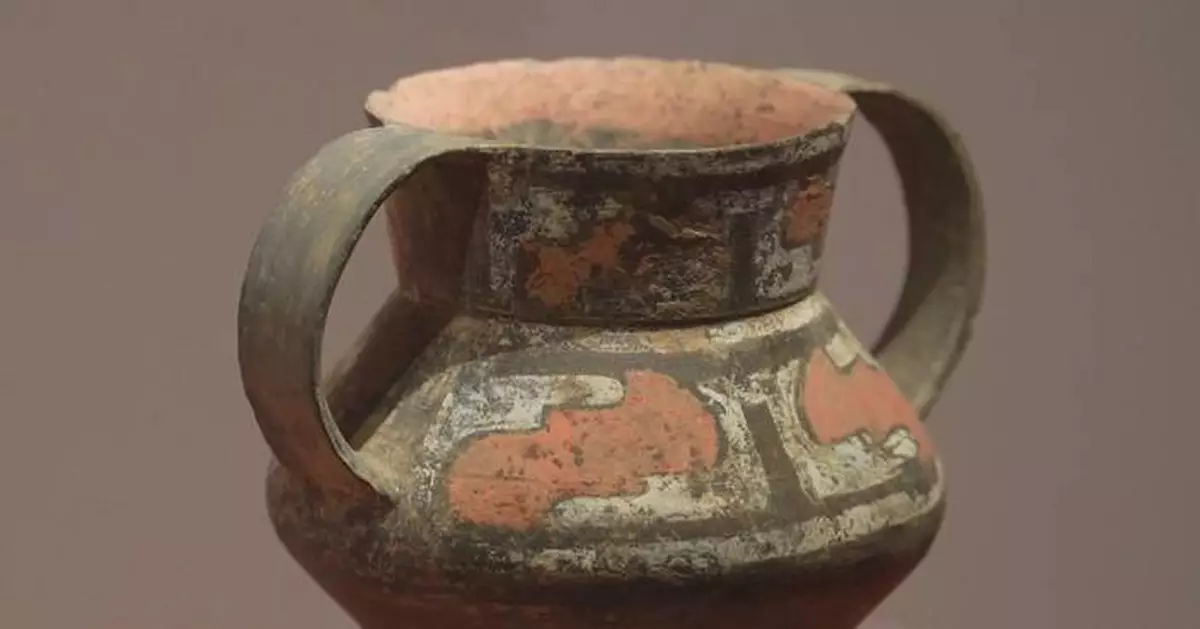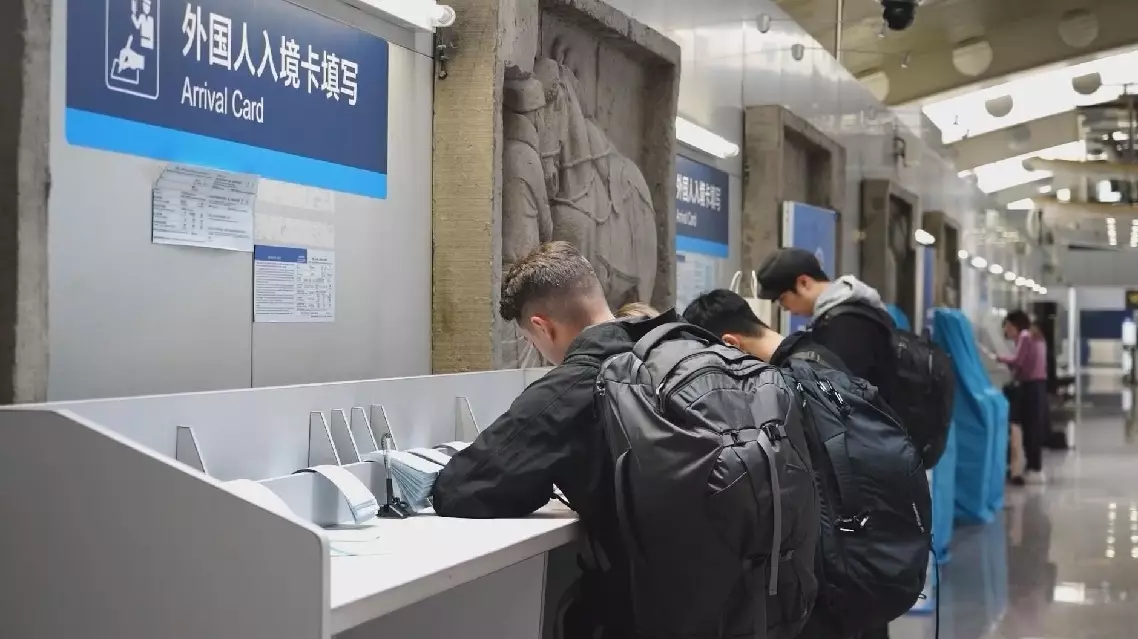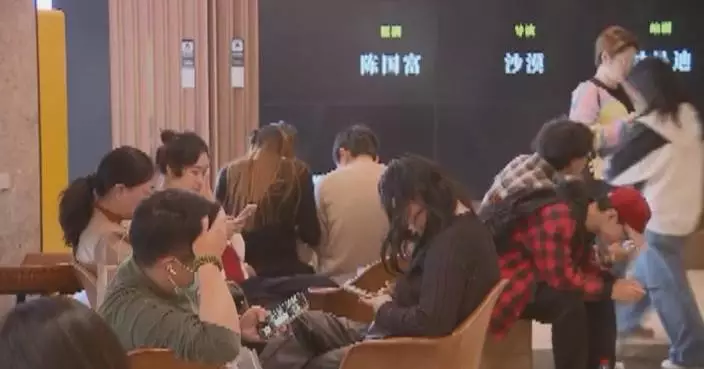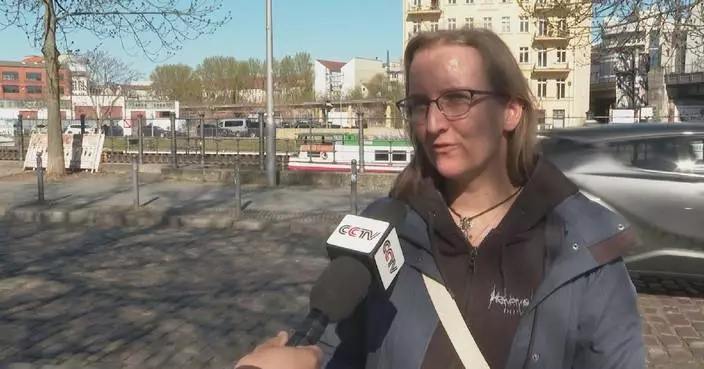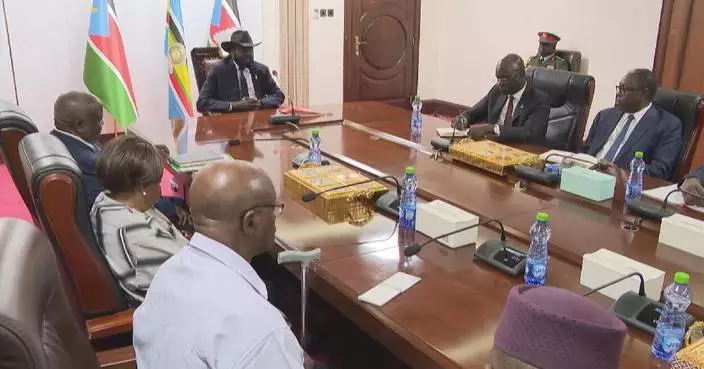A newly built museum has opened to the public at the 4,300-year-old Taosi relics site in north China's Shanxi Province, with exhibits that shed light on the life and culture of ancient inhabitants.
Located in Linfen City, Shanxi Province, the Taosi site is believed to be the ruins of the capital city during the period of Yao and Shun -- two sage emperors dating back more than 4,100 years. The Yaodu district in Linfen is home to the temple and mausoleum of Yao.
Covering an area of 2.8 million square meters, the Taosi site has seen an excavation of about 30,000 square meters since 1978.
The Taosi culture emerged in the middle reaches of the Yellow River, succeeding the Liangzhu culture in the lower reaches of the Yangtze River. Both sites provide significant clues to the study of early states and the origins of the 5,000-year-long Chinese civilization.
Covering an area of about 5,000 square meters, the Taosi Site Museum showcases 230 artifacts, including pottery, bronze ware, wooden artifacts, jade ceremonial objects, and various other types of utensils, representing all categories of cultural relics from the Taosi site.
One of the notable exhibits displays a Taosi dragon-patterned colored pottery plate, a valuable artifact crucial in studying the origins and related aspects of dragon worship in the Central Plains region.
"The dragon image at the Taosi site combines various animals and forms a new creature, which does not exist in reality. This is a crucial feature of the Chinese dragon. The dragon-patterned artifact was unearthed from the grand tombs of the Taosi site, which indicates that it is related to the highest power at that time, and the dragon pattern is a symbol of social hierarchy," said Gao Jiangtao, a researcher from the Institute of Archaeology of Chinese Academy of Social Sciences.
In addition, the Taosi site has also unearthed 29 musical instruments including drums, stone chimes, and pottery bells, many of which were exclusive funerary items reserved for nobility.
"This is a reconstructed drum called 'Tuogu'. It is made by scraping the bark of a natural tree trunk, hollowing out the interior, and covering it with crocodile skin for decoration. This tradition dates back over 4,000 years ago to the Taosi culture, signifying the development of ceremonial music civilization," said Cao Huihui, a guide at the museum.
Apart from the museum, the local government that oversees the site is accelerating the planning and construction of the Taosi National Archaeological Site Park, the Taosi Cultural and Artistic Creativity Park, and other projects to preserve the cultural relics and showcase the intrinsic value of cultural items that embody Chinese culture and civilization.
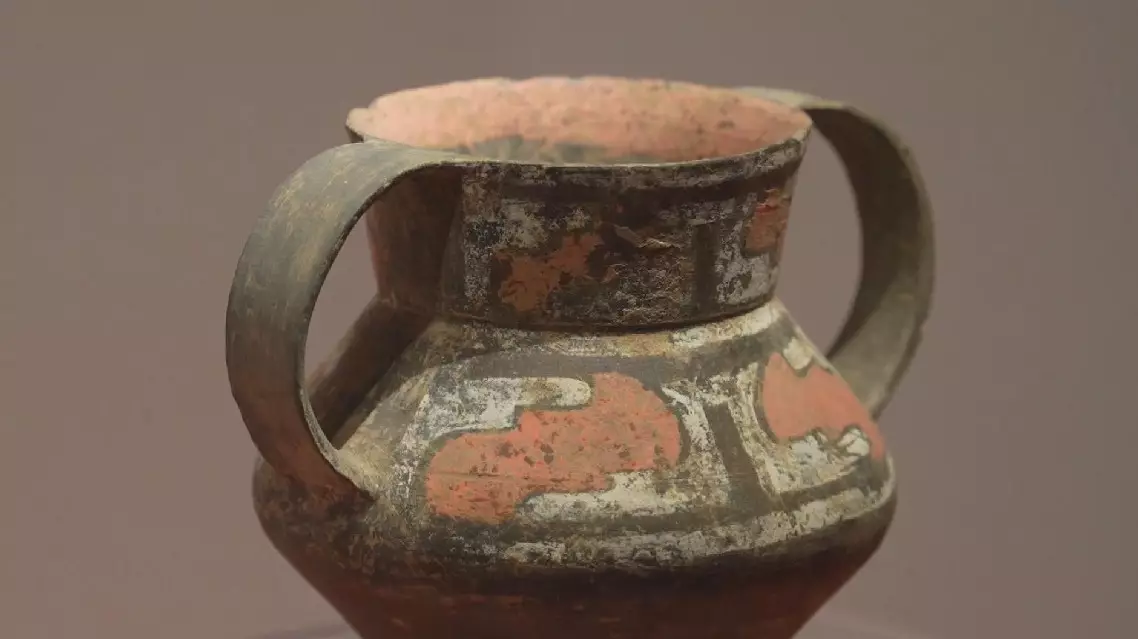
New museum opens at 4,300-year-old Taosi site in China's Shanxi
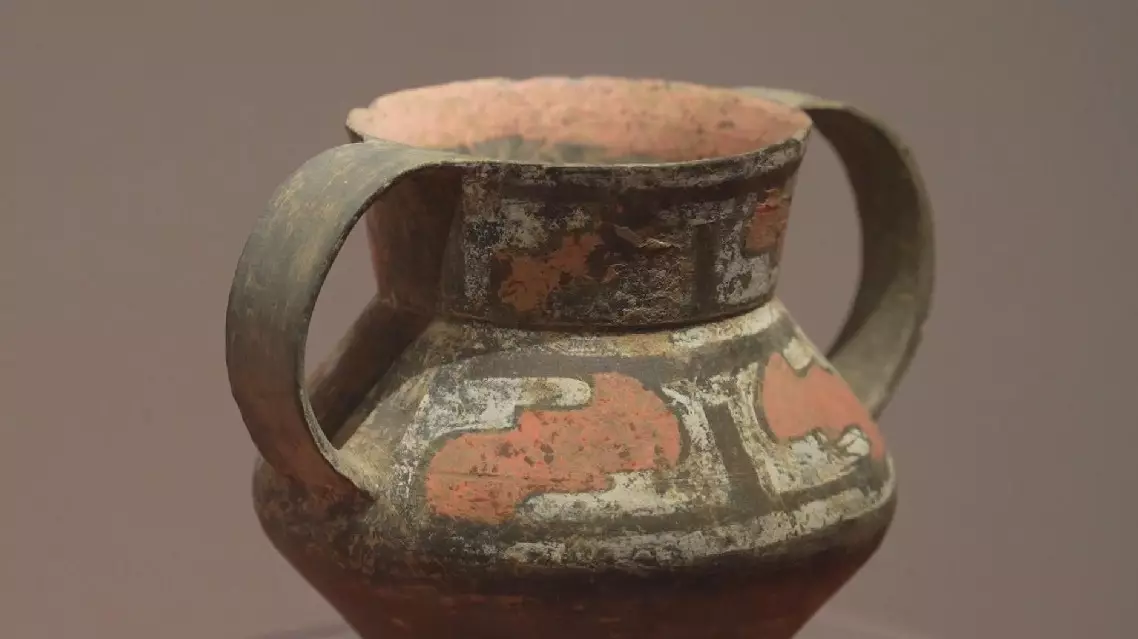
New museum opens at 4,300-year-old Taosi site in China's Shanxi


